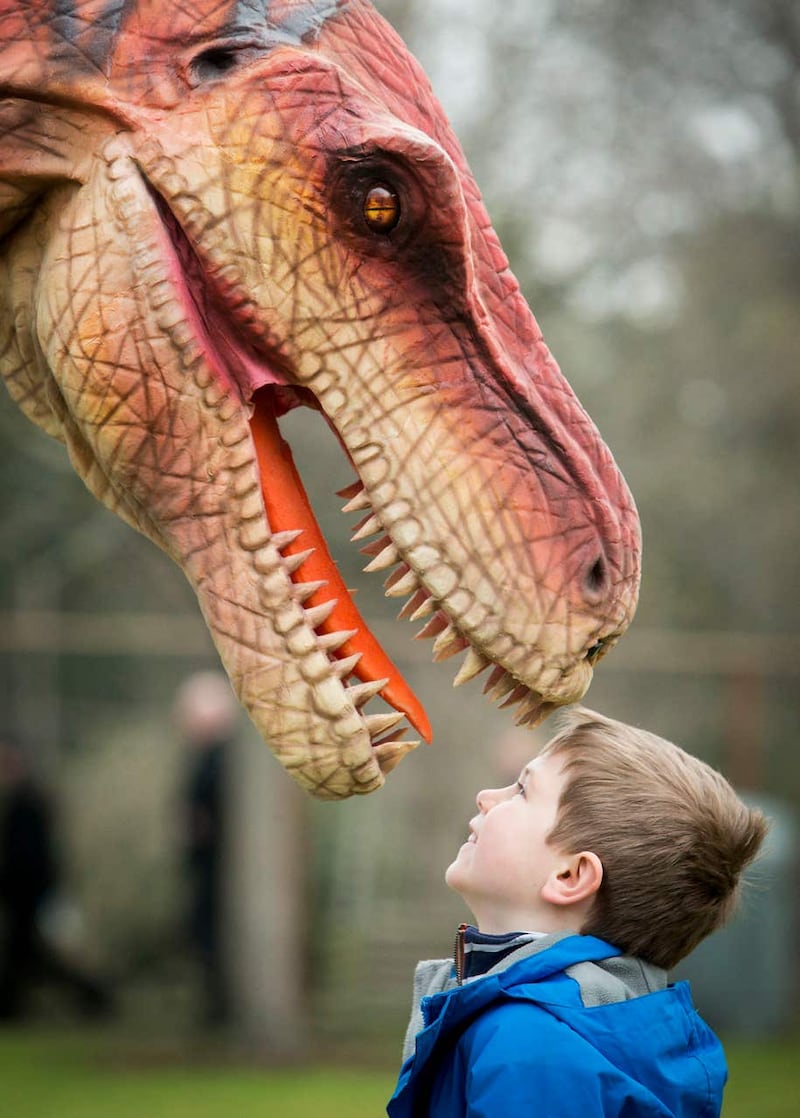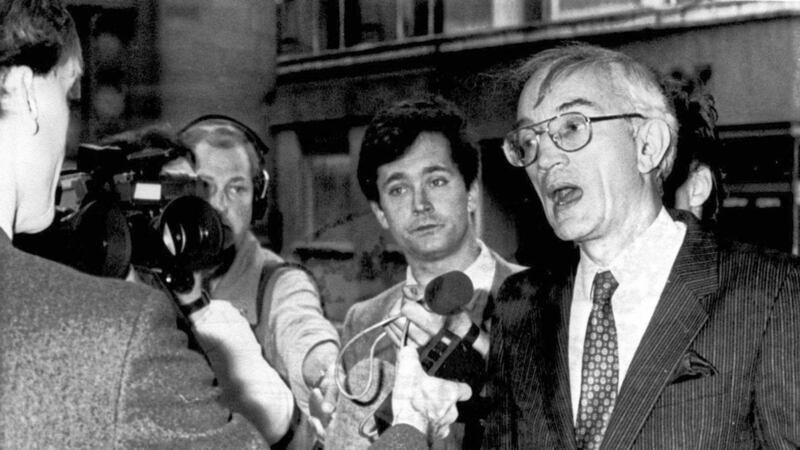Velociraptors really did behave like wolves and hunt down their prey in packs, as depicted in the movie Jurassic Park, a top dinosaur expert has said.
In common with other bird-like “raptor” dinosaurs they were highly intelligent, according to Dr Stephen Brusatte from the University of Edinburgh.
Living around 73 million years ago, Velociraptor was small but vicious, measuring about seven feet long and weighing up to 15kg (33 pounds).
On each foot it carried a deadly weapon, a razor-sharp sickle-like claw that may have been used to rip apart prey.
Unlike the movie version, the real Velociraptor was at least partly covered in feathers.
US-born Dr Brusatte, who gave a talk on dinosaurs at the British Science Festival at the University of Hull, said: “Many dinosaurs were much smarter than we used to give them credit for.
“I grew up with this idea of dim-witted, drab-coloured dinosaurs as emblems of failure. But CT (computed tomography) scanning of dinosaur skulls, which has revolutionised the field over the last couple of decades, shows that many species, particularly meat-eaters like Tyrannosaurus rex and Velociraptor had bigger brains and keener senses than we thought.
“Some of these meat-eaters, like the raptors, were probably in the mammal zone of intelligence.
“T. rex was also quite smart, and it had really keen senses of hearing and sight, so it was very different than shown in the movies.”
The evidence that Velociraptors hunted like wolves comes from bone beds – dense collections of fossils in one place – and preserved foot prints, he said.
“There is fossil evidence that some predators did hunt in packs,” said Dr Brusatte. “The Velociraptor-type dinosaurs probably did, and even big tyrannosaurs probably did too.”

How many Velociraptors banded together in a dinosaur pack was unknown, however.
There was also strong evidence some dinosaurs cared for their young – a trait generally only seen in intelligent animals, said Dr Brusatte.
He added: “There are some nesting sites with many nests together, with bones of adults and juveniles, showing there was parental care.
“Duck-billed plant-eaters and many meat-eaters probably cared for their young, but the enormous long-necked sauropods probably did not – they simply couldn’t at that body size.
“Dinosaurs were very active, energetic, fast-growing, and fast-moving. They were much more like birds than reptiles.
“Many, if not all, dinosaurs were also covered in feathers, which we now know from actual fossils. It’s amazing.”








